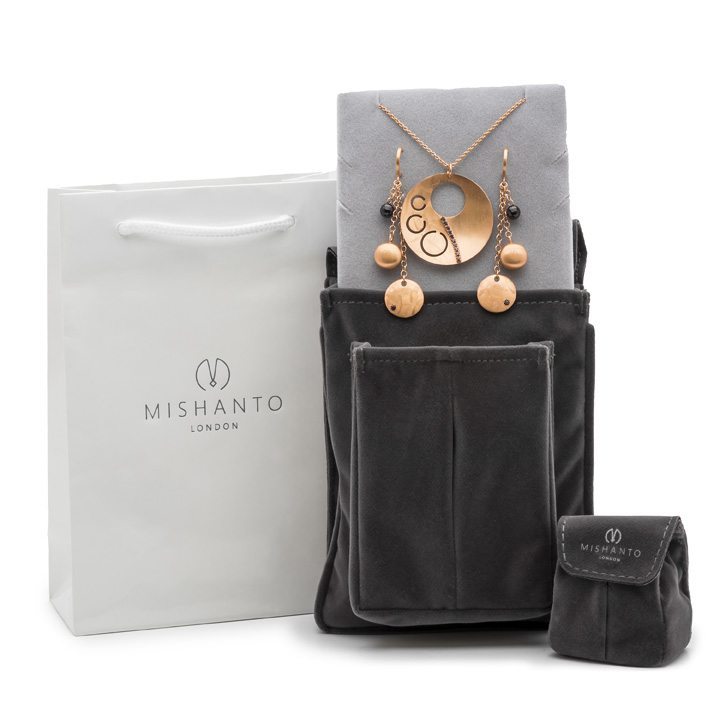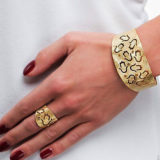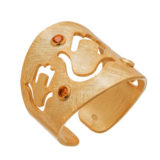The Mishanto Story
Silk Road
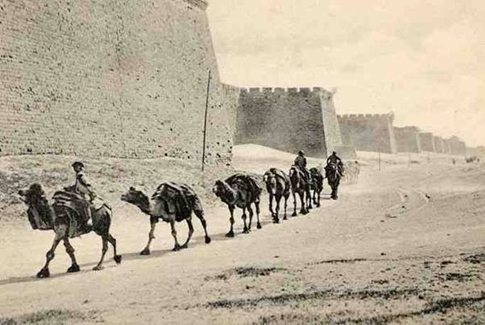
The section of the Silk Road pertinent to this story is in modern-day Uzbekistan, from the capital Tashkent via the beautiful city of Samarkand and onto the city of Bukhara, with its skyline of onion-like domes and mix of Persian, Uzbek and Jewish influences. This is from where the family of Misha Abram came and this is where the story of Mishanto begins.
The Emir refused to loosen his grip on power and reformists asked the Russian Bolsheviks for help. The Red Army invaded in September 1920 and within a month, the Emirate was conquered and disestablished.

Many Whites were ‘taken’ by the Red Army to Siberian gulags (forced labour camps), homes were confiscated and businesses were closed.

One of the men interned was Misha Abram
Inside his coat pocket he had sewn two gemstones.
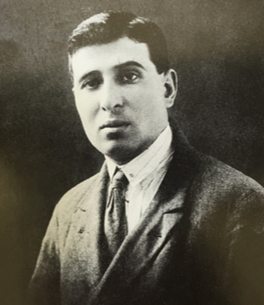
Inside his coat pocket he had sewn two gemstones.

Arrived in the the UK
Misha – along with many immigrants from Eastern Europe at that time – started working in the jewellery business. No money meant no premises and many of them used to trade from shop fronts and doorways to office buildings.
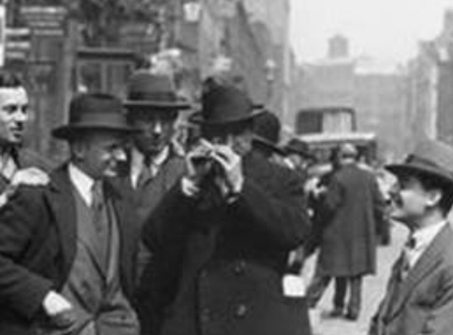
An Ingenious Plan

M. Abram Ltd was incorporated.

Tony Joined the Business

The Mishanto Ammasso Halo Ring
In the late 90s with the trade side of the business established, Tony focused his attention on engagement rings, bespoke commissions and designing, developing and creating new ranges of diamond, platinum, gold and gemstone jewellery.

Mishanto Luxury Brand
Focusing on affordable luxury, the Mishanto brand was born and the true value of experience can be appreciated through the quality, balance, feel and finish of the Easy Elegance and Cutting Edge ranges of stunning semi-precious stones and silver of the highest distinction.
Given how inextricably linked the business is with the past, naming the brand was obvious. Honouring the memory of Misha and adding in the ‘modern’ element of Tony was how we came up with ‘Mishanto’ – a company steeped in history but always with an eye to the future.
To further demonstrate the heritage of the Mishanto brand, every piece contains a stone and is presented in a specially-designed pouch reminiscent of the pocket Misha carried those two stones throughout his internment in Siberia – a fitting homage to the man who risked his life to make a future in a new home for himself and those who came after.
